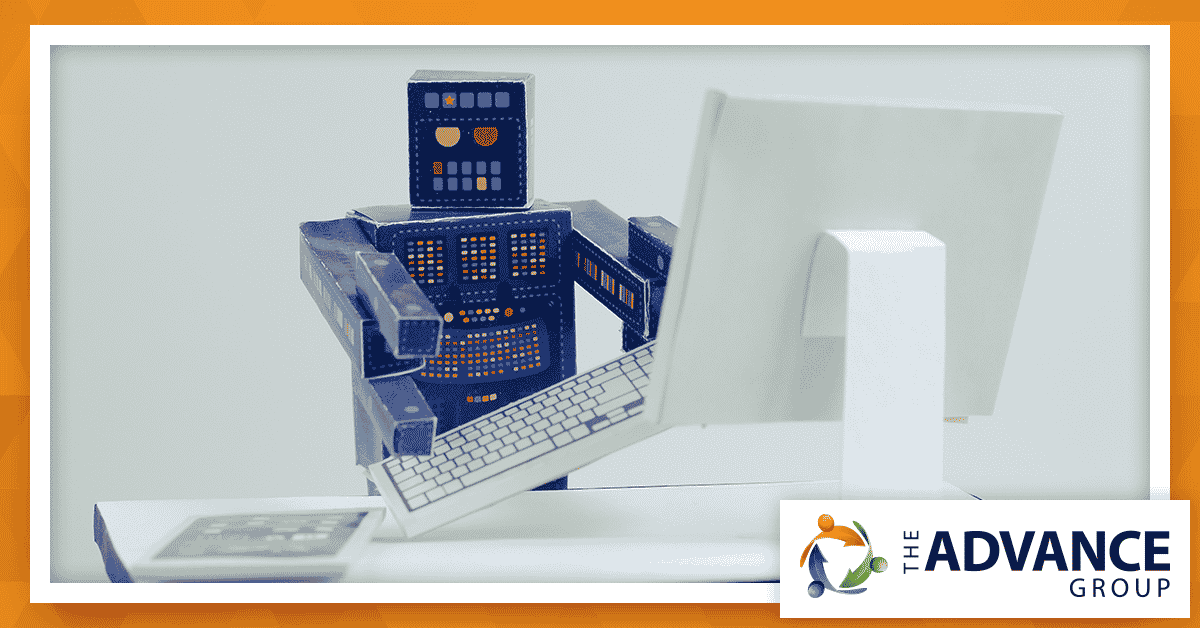Concerns about automation and the shape of the current workforce have been common for some time. Many people are aware how robotics affected key industries in the U.S., especially in the manufacturing and production industry, but as technology becomes more sophisticated, worries continue to spread.
It is estimated that almost half of all activities occurring in the workplace today could potentially be replaced by automation. However, that doesn’t mean those changes are just around the corner. In fact, no one is entirely sure when some of the changes will come to be. Why? Because much of it relies on breakthroughs in areas like artificial intelligence while also requiring economic conditions that favor the change.
At this time, it isn’t possible to predict the future of artificial intelligence, especially with skills related to language processing and machine learning. Since there is no way to know when these advances may occur, it isn’t reasonable to assume how and when they will change the workplace as we understand it today.
Which Employees Are Most at Risk?
In most cases, automation is directed at repetitive tasks. Generally, this requires the work to be highly structured and that it takes place in a predictable environment. Within the U.S. economy, most of these sorts of tasks are located in manufacturing and production environments, as well as certain food service and hospitality positions, and retail trade.
However, not every task performed in these environments are typically considered eligible for automation even in those environments. Any work that varies dramatically within the same task set may not be eligible. Additionally, tasks that require critical thinking or problem-solving may not be suitable for automation at this time.
Alternative Work
Even if employees find some of their tasks in the crosshairs, that doesn’t mean their entire position becomes irrelevant. Instead, they may simply be able to put their more repetitive tasks aside and redirect those efforts to more complex duties.
Additionally, automated operations will still require support from actual employees. For example, an automated process requires a technical solution to be programmed to handle the work, and that requires input from appropriate IT personnel. Additionally, duties that require the use of robotic components will need mechanical maintenance support personnel to keep those operations functioning properly.
Another Pain Point
While advances in technology can occur at any time, there is no way to immediately create a skilled technical workforce that is capable of implementing and supporting any particular technology. At this time, unemployment amongst tech professionals is particularly low. And there are concerns that a workforce shortfall will continue in these areas for the foreseeable future.
If the right technical personnel are available to create and install automated solutions, then the rate at which any technology can be deployed is automatically controlled based on that issue alone.
However, companies can prepare for the possibility of increased automation in the workplace by supporting their employees. If you find a worker would benefit from professional development that can help further business goals and better position them to avoid being replaced by technology in the future, then that is a win-win situation for everyone involved.
If you are interested methods for supporting your current employees during times of change or are looking to hire additional workers, The Advance Group has the industry expertise you need to accomplish either task. Contact us to speak with a member of our professional staff today.




